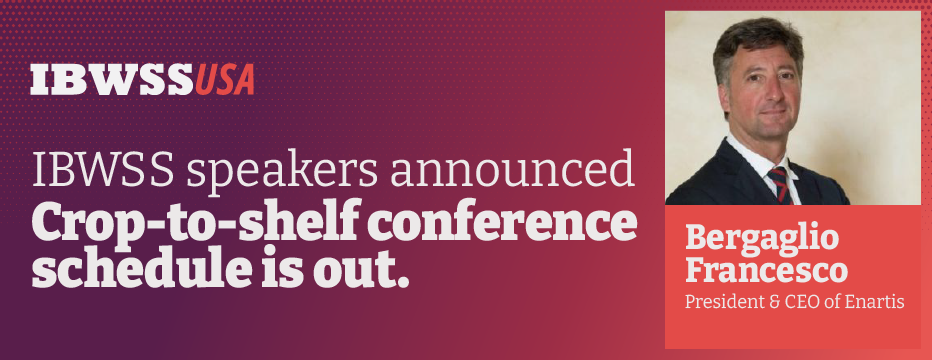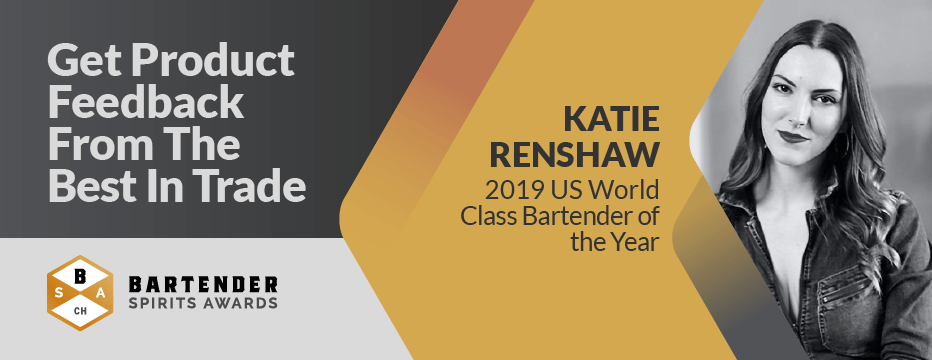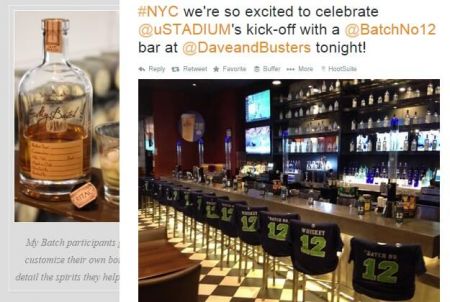Sommeliers Choice Awards 2023 Winners
The First Meeting with a Buyer
In this article we discuss how you can make your importers and distributors meeting more effective. The article outlines what you need to cover in your first meeting and how to structure your first meeting.

Before you can sell your beverage to consumers, you have to sell it to trade buyers – the importers and the distributors. The battle for brand attention and shelf space is a brutal one. Buyers don’t have a lot of time, and much of it is filled up with noise from brands that are jockeying for their attention. How can you get a chunk of that attention and once you do—how do you convince them to give you a chance?
The answer, it turns out, is threefold: know your buyer, know your brand and be prepared.
Know Your Buyer
One of the most important rules in any kind of sales is to know your audience. This is true when it comes to your final consumer, but it’s also just as true when it comes to your buyer. What’s important to them and how can your brand/product help fulfill that?
It’s important to understand what kind of profit margins different buyers expect to see.
|
Buyer Type |
Expected Margins |
|
Grocery Chains |
33 to 35% |
|
Specialty chains |
40 to 44% |
|
Natural Foods Store |
25 to 35% |
|
Convenience Stores |
40 to 50% |
|
Drug Stores |
45 to 50% |
|
Club Stores (selling in bulk) |
11 to 13%. |
Next, think about the buyer’s layout. Where do you envision your product being sold? Imagine what kind of products are there already—at eye-level on the beverage aisle, for instance. What audience is the buyer trying to reach by putting those products there? You need to be able to explain to the buyer why your product is better than the one it will replace.
You’re also going to need to be familiar with what distributors a potential buyer uses. If you’re not working with one of them, it can be enough to knock you out of the running. If you already have a relationship with one of their key distributors, this can be excellent leverage to help score shelf space for your product.
Another part of your homework will be to figure out how to get in touch with a buyer in the first place. It’s often not as simple as shooting off an e-mail or placing a phone call. Use all of your available resources to find out who you need to speak to. Check out social media to do a bit of research. Utilize LinkedIn. Talk to friends and colleagues. Competitors will often be willing to share this information, as well.
Once you start making calls, use guerrilla tactics until you get through. Be persistent, but don’t be annoying. If need be, have your call directed to the accounting department. They’ll often be glad to transfer you to the buyer or give you the correct number to call—even if it’s only to get you off the line. Most importantly: Don’t procrastinate. Make the call. It’s the only way to get the ball rolling.
Know Your Product
“Don’t be silly. Of course, I know my own product!”
Ok. Are you prepared to give a 30-second elevator pitch explaining what you’re selling and why someone should buy it? Go!
If you can’t do that, add it to your homework list. Because 30 seconds may be all you get when you finally do get through to a buyer. Make it count.
You must have a unique selling proposition. Yes, your product is good. But how is it different than everything else? What problem does it solve? How does it fill a void in the current market?
It’s also important for you to know your brand’s philosophy and what you are and are not willing to compromise on as you enter the market. When it comes to things such as ingredients and packaging, are there changes you will not be willing to make? Knowing this before you enter negotiations will better enable you to help your buyers understand whether your brand will be a good fit for them.
In addition to knowing your brand, you also have to know your competition. You need to do this in order to take advantage of their weaknesses and solve problems that they do not. Another reason to be well-versed on your competitors is that this helps you know who your target audience is. Your consumers are their consumers. How can you steal them away?
Be Prepared
When you finally walk into the first meeting with your buyer, it’s your responsibility to be informed and be prepared to answer any questions they may have for you. Right off the bat, you should have a spec sheet that features information such as height, weight, case size, price to the store and suggested retail price. You also need to be prepared with a sell sheet, a pitch deck, and a brand overview.
During the meeting, keep in mind that you aren’t just selling the attributes of your product. You’re convincing the buyer why this is an important product for them to carry and what it will do for their stores. What will make your product attractive and interesting both to the buyer and to their consumers? Provide them with data whenever possible. Numbers don’t lie. If there are statistics to support your sales pitch, use them!
Don’t expect the buyer to tell you where your product should be placed. Know where you want to go. You’ll also need to make a strong case for why your brand should replace the one that’s already featured there. Remember to avoid knocking the competition when making your sales pitch. It’s ok to point out how your product solves a problem that other products have failed to address, but don’t do it at the expense of other brands.
During the meeting, make sure to address how much the buyer wants to charge for slotting and how much margin they expect. Let them know how much you’re willing to spend to promote your product by purchasing displays, ad space and working to give out samples.
At the End of the Day
When all is said and done, either you will walk away with a deal or you won’t. If you do, make sure it’s a good one. Ask yourself if it’s one you can afford. Make sure the volume is one that you can fulfill and that you can really make money on the deal. The only reason to lose money on a deal is to get exposure or if you need it to leverage credibility to get better accounts.
If you walk away without a deal (or reach the end of that initial call without scoring a meeting), don’t give up—follow up. 48% of salespeople never follow up with a prospect. Before closing out the conversation, ask them when and how they would like you to follow up.
Sometimes a failure to get a deal done is simply a timing issue. You may need to wait for the buyer to do a category review, a category refresh, or your discussion with them may be a long-term conversation that goes on for a bit before they finally say yes. No matter what—keep following up.
Most importantly? Listen to what they tell you. Often, a “no” isn’t a “no;” it’s just a “not now.” Use their feedback as constructive criticism to make the changes necessary to get a deal done the next time around. If you have a truly good product and you’re persistent, eventually they will say yes.














